Unraveling the Tapestry of Time: The Enduring Legacy of Patola Weaving

The art of Patola weaving, hailing from the vibrant state of Gujarat in India, is a testament to the ingenuity and artistry of ancient civilizations. It is a technique that has transcended generations, its intricate patterns and vibrant colors whispering tales of bygone eras. The Patola saree, a masterpiece of handwoven silk, is not merely a garment but a living legacy, carrying within its threads the cultural heritage and artistic evolution of centuries.
Tracing the Roots: Early Weaving Techniques
The origins of Patola weaving, like many ancient crafts, are shrouded in the mists of time. However, historical evidence suggests that the art likely originated in the ancient Indus Valley Civilization, dating back to 3000 BCE. Archaeological findings have unearthed fragments of intricately woven textiles, hinting at the existence of sophisticated weaving techniques during this period.
Over the centuries, the art of Patola weaving evolved, influenced by various dynasties and cultural exchanges. The techniques employed in Patola weaving, a double ikat technique, were perfected over time. In this intricate process, both the warp and weft threads are dyed before weaving, creating the complex and mesmerizing patterns that characterize Patola sarees.
The Dynastic Influence: Patola Designs and Their Evolution
The reign of different dynasties significantly impacted the evolution of Patola designs. Each era brought its unique aesthetic sensibilities and cultural influences, enriching the tapestry of Patola patterns:
- The Chalukya Dynasty (6th to 12th Century CE): This period saw the emergence of intricate geometric designs and floral motifs, inspired by nature and the surrounding environment.
- The Solanki Dynasty (10th to 13th Century CE): Known for their patronage of the arts, the Solanki dynasty witnessed the development of more elaborate and intricate Patola designs, often incorporating mythological and religious themes.
- The Mughal Empire (16th to 19th Century CE): The Mughal influence brought a fusion of Persian and Indian aesthetics, resulting in the incorporation of floral motifs, paisleys, and geometric patterns within Patola designs.
Preserving the Heritage: Keeping Tradition Alive
Through the centuries, the art of Patola weaving has faced challenges, from the changing tastes of the market to the decline in the number of skilled weavers. However, the dedication of artisans and the growing appreciation for traditional crafts have ensured the survival of this art form.
Today, Patola weavers continue to hand down their skills from generation to generation, preserving the ancient techniques and intricate patterns. Initiatives to promote and document Patola weaving are gaining momentum, ensuring that this timeless art form continues to inspire and captivate audiences worldwide.
The Legacy Lives On: The Enduring Appeal of Patola
The Patola saree is more than just a garment; it is a living testament to the artistic brilliance and cultural heritage of India. Its intricate patterns, vibrant colors, and enduring beauty continue to mesmerize and inspire. As we admire the intricate details of a Patola saree, we are transported back in time, witnessing the craftsmanship of generations past. The legacy of Patola weaving lives on, a testament to the enduring power of tradition and the timeless beauty of handcrafted artistry.

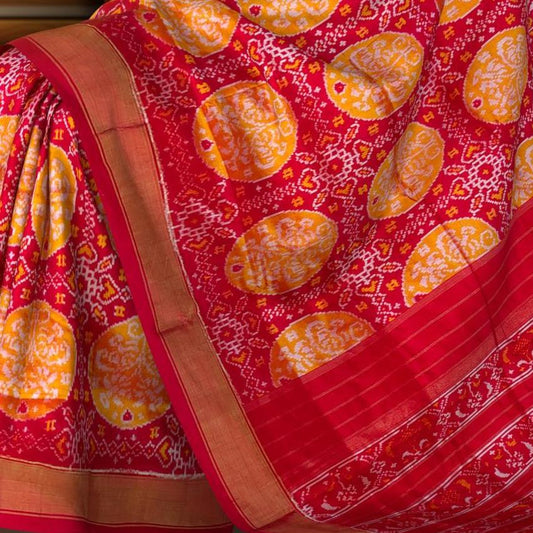
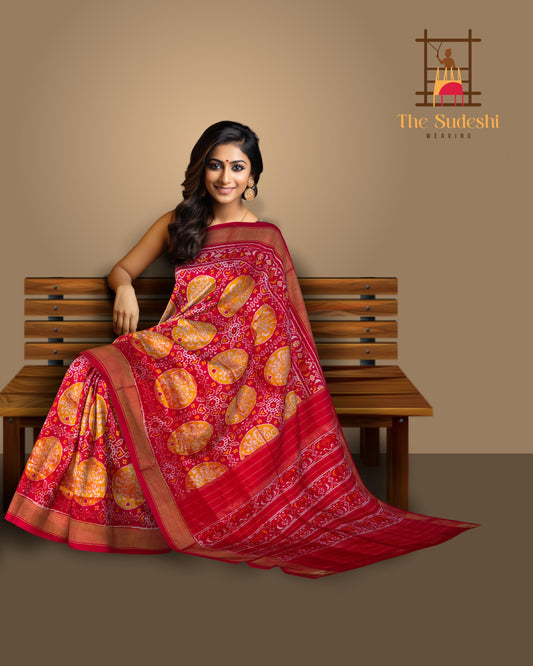
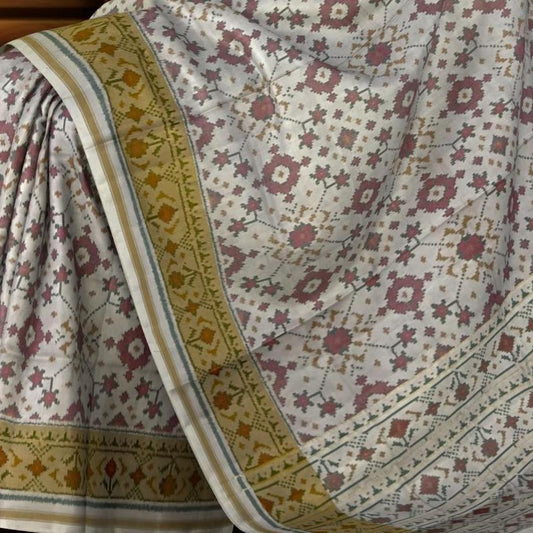
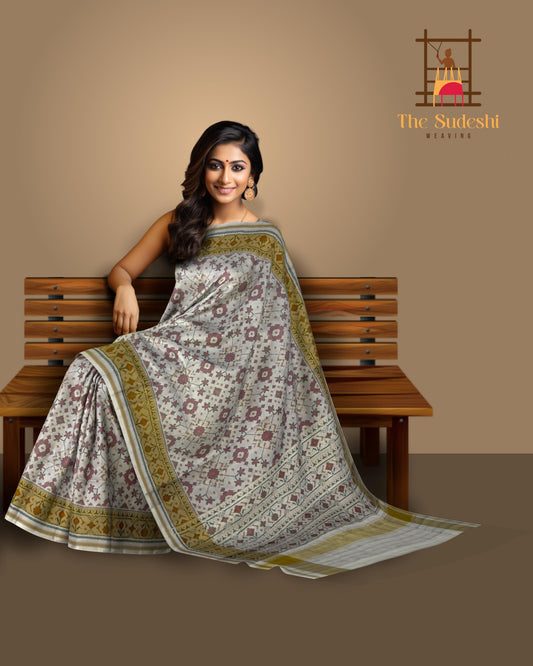
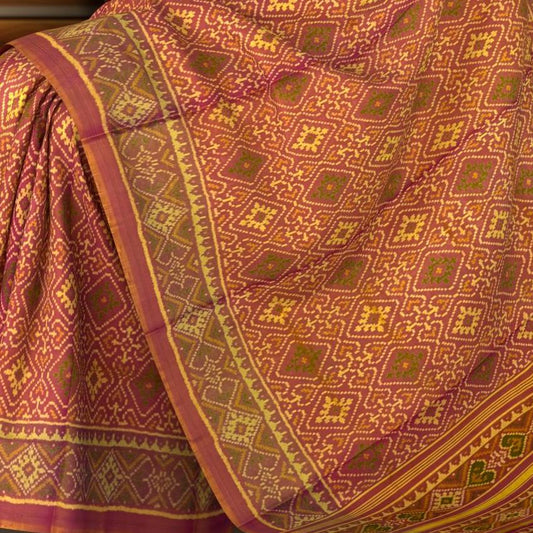
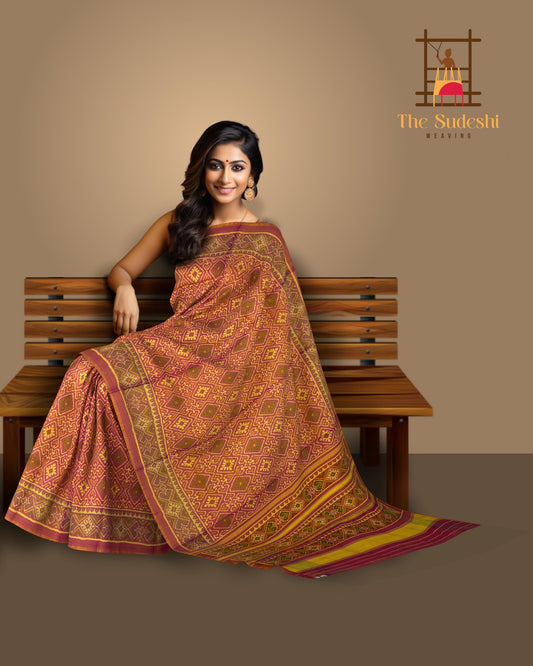
Leave a comment
Please note, comments need to be approved before they are published.